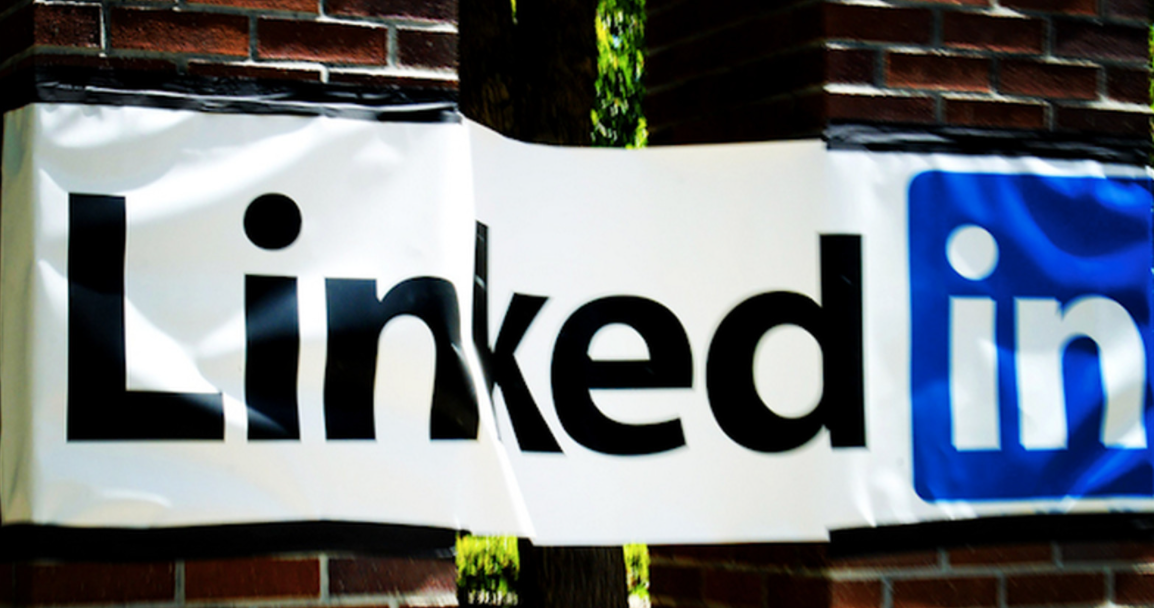LinkedIn is full of opportunities. Recruitment opportunities but also business opportunities. Nevertheless, to take advantage of it, it is essential to understand how it works and how it is used. So what is LinkedIn? What is it for and how to use it well? Here’s everything you need to know to get started.
Every salesperson has heard of LinkedIn. Even more so since the Covid-19, the confinements and the ensuing crisis.
Most of them have even been told to use it in their sales approach.
Without knowing what it is. Without knowing how it works.
These salespeople then got on LinkedIn by quickly creating an account (or updating it). They used the search bar to find prospects. They added hundreds of contacts and sent them a copy/paste message.
The feedback was catastrophic. 0. No response. Well, yes. One or two, to point out that they had messed up their first name. Damn copy/paste.
As you read these few lines, the reason jumps out at you. But when you have your head in the sand, when you’re under pressure to generate numbers, it’s not so obvious.
In any case, if you are here, it means that you are on the right track. By asking yourself what LinkedIn is, before you start, you will avoid these mistakes. This waste of time, and money.

What is LinkedIn? The simple definition:
LinkedIn is a professional social network created in December 2002 by Allen Blue and Reid Hoffman. LinkedIn is specialized in networking and career development.
LinkedIn is used to prospect, find a job or hire a collaborator. In practice, as we will see later, its uses are more numerous.
Here are the key things to know about LinkedIn:
– LinkedIn is a free social network but offers premium, paid features: tools for prospecting, recruiting or online training.
– LinkedIn allows you to create an account highlighting your professional background.
– LinkedIn offers the possibility to share content in different formats: text, photo, video, survey and even PDF document.
– On LinkedIn, you can add contacts to your network and follow their news, just like on any other social network.
– Finally, you have the possibility to create a person account and/or a company page.
What is LinkedIn in practice?
Now that we have seen the theoretical definition of LinkedIn, let’s look at the real uses of the social network.
What is LinkedIn used for?
LinkedIn is for prospecting
LinkedIn is an indispensable tool for prospecting in the current context.
LinkedIn allows you to find qualified prospects, to get in touch with them and even to maintain a relationship while they make their purchasing decision.
To take full advantage of it, however, there is one mistake you should not make: prospecting on LinkedIn the way you would prospect on the hard way, by phone or email.
LinkedIn is for monitoring (and developing skills)
Do you want to increase your skills and keep up with the latest trends in your field of activity? You want to keep an eye on what your clients and even your competitors are doing?
Use LinkedIn!
LinkedIn allows you to conduct your daily monitoring via different ways:
By following the news of your network;
By subscribing to company pages;
By subscribing to discussion groups;
Thanks to the application, you can take advantage of downtime between two meetings to take a look at your news feed. If the LinkedIn algorithm is well done, you’ll get at least one key information!
LinkedIn is used to federate a community
This is probably the most underestimated use of LinkedIn. However, it is a social network and in social network there is ? SO-CIAL!
LinkedIn is therefore the perfect place to build lasting relationships but also to keep in touch with your prospects, customers and partners. Better yet, it’s an opportunity to demonstrate your skills to potential prospects.
By sharing content regularly, your network will interact and validate your areas of expertise.
Users who see this, thanks to the principle of social proof, will then be more inclined to contact you to see what you can offer them!
LinkedIn is used to recruit (or look for a job)
I’ll end with this point because it’s finally the most obvious use. LinkedIn was initially created to connect candidates and employers.
In the context of a job search, LinkedIn allows you to put your resume online and in front of others. In a recruitment process, LinkedIn offers you a lot of features to identify and contact candidates.
Finally, you can use LinkedIn to promote your employer brand.